Population Health News Roundup: September
IAPHS StaffEach month, we curate the best in population health news. This month, measuring obesity via Google maps, life and death after Katrina, buildings for justice, Juuls in school, drought and hunger in the Dry Corridor, and more…
Interdisciplinary spotlight
 Body building: How did researchers estimate a US city’s obesity level without looking at is residents? Hint: it’s about the buildings.
Body building: How did researchers estimate a US city’s obesity level without looking at is residents? Hint: it’s about the buildings.
University of Washington researchers looked at the relationship between obesity levels and infrastructure via an artificial intelligence algorithm involving satellite images, building categories like pet stores, and Google Street View maps. They found a link between the number of buildings and green space, and obesity (not just wealth.) (University of Washington via QZ and JAMA, September 3, 2018.)
Place
 Hot and polluted air causes harm: Heat and pollution can increase hospital visits for depression and panic attacks, psychiatric emergencies, suicide, and psychological stress (The Revelator, August 20, 2018) and poor air is linked to cognitive decline. (NPR, August 27, 2018)
Hot and polluted air causes harm: Heat and pollution can increase hospital visits for depression and panic attacks, psychiatric emergencies, suicide, and psychological stress (The Revelator, August 20, 2018) and poor air is linked to cognitive decline. (NPR, August 27, 2018)
The case for place: The many ways place-based policies contribute to health disparities. (ChangeLab Solutions, August 6, 2018)
Life and death after Katrina: Relocating after Katrina improved mortality for older people and people with disabilities. (National Bureau of Economic Research, July 2018)
Built for justice: Landscape architecture meets environmental justice in the heart of one activist. (University of Washington)
Have bus, will travel (more safely): More public transit use means safer travel for passengers and pedestrians in metro areas. (CityLab, September 11, 2018)
Immigrants healthier, less likely to seek care: Undocumented immigrants use health services at a lower rate than they did in the past, and have fewer diagnoses of several conditions. (Sacramento Bee, September 15, 2018 from Drexel in the journal Medical Care)
Disparities
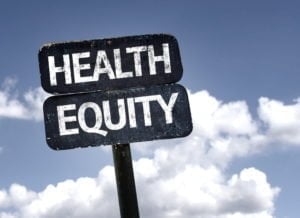 Making Juuls cool in school: Did the e-cig company Juul market to teenagers? (NYT, August 27, 2018) Either way, the FDA has had enough. (FDA, September 12, 2018)
Making Juuls cool in school: Did the e-cig company Juul market to teenagers? (NYT, August 27, 2018) Either way, the FDA has had enough. (FDA, September 12, 2018)
Disaggregating diversity data: Breaking down data by detailed racial and ethnic subgroups can help boost health equity, according to RWJF and PolicyLink report. (RWJF Culture of Health Blog, August 30, 2018)
Little infections, big harm: Bedsores and other common infections are leading to (avoidable) sepsis and death among older people in nursing homes, according to CMS. (Kaiser Health News and the Chicago Tribune, September 5, 2018)
Kids say amen to better health: Spiritual practices in childhood linked to health and well-being in early adulthood (Harvard T.H. Chan School of Public Health from the American Journal of Epidemiology, September 13, 2018)
Global Health
 Drought and hunger in the Dry Corridor: Central American drought causing poor harvests, could leave two million people hungry. (Thompson Reuters Foundation News, Sept 7, 2018)
Drought and hunger in the Dry Corridor: Central American drought causing poor harvests, could leave two million people hungry. (Thompson Reuters Foundation News, Sept 7, 2018)
Tales of many cities: Interactive map shows how several cities around the world approach population health. (The King’s Fund)
Programs & Policy
Sick and powerless: Lack of political power can make you sick. (Sacramento Bee, August 23, 2018)
Foul trade: Trade war may affect the spread of evolving bird flu; China isn’t sharing virus samples of H7N9. (Philadelphia Inquirer commentary, Sept 7, 2018)
English poor law and today’s CMS: The new Medicaid work requirements echo past distinction between “industrious” and “idle” poor, yet may ultimately cost more and cause harm. (JAMA Commentary, September 10, 2018)
The law of the (food) jungle: To improve food choices in North Minneapolis, Minneapolis City Council passed the Staple Food Ordinance requiring licensed grocery stores to carry fresh produce and whole foods.A study is underway looking at buying habits and adult food choices. (University of Minnesota School of Public Health, September 7, 2018)
How does your (urban) garden grow? By design.: Designers, urban farmers, and policy makers come together in the Five Borough Farm Project to improve urban agriculture in New York, using design thinking and focusing on end-users’ needs. (Public Health Post, August 24, 2018)
Engineering help for hunger: University of Washington human-centered design and engineering (HCDE) student designed a platform to connect an interdisciplinary group that includes campus food service, the Information School, Leadership & Public Service Center staff, local nonprofits, and volunteers. The goals are to reduce food waste and feed people facing food scarcity. (University of Washington College of Engineering, August 17, 2018)

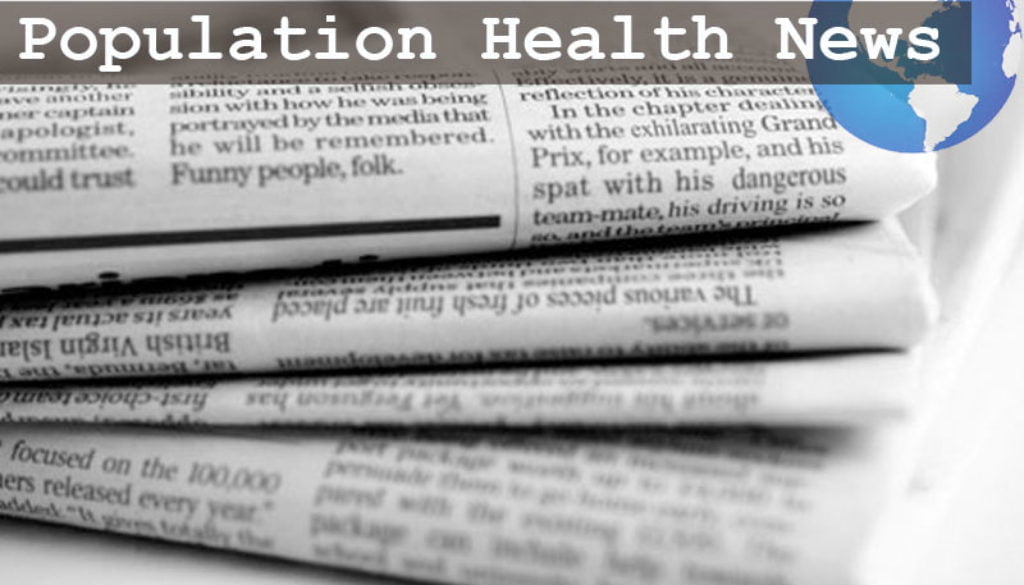

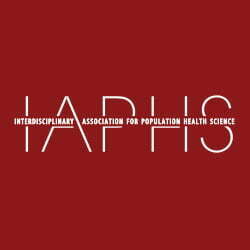
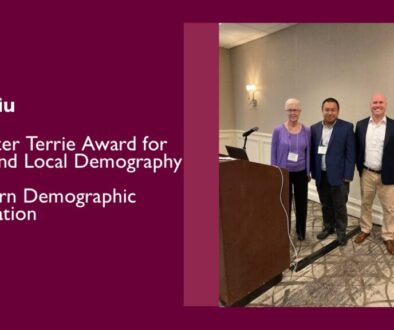

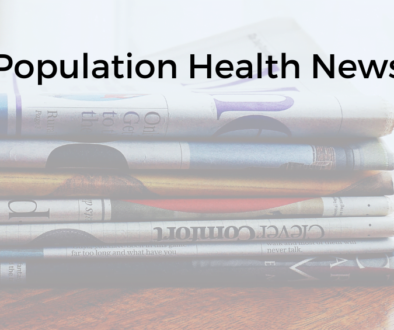
All comments will be reviewed and posted if substantive and of general interest to IAPHS readers.